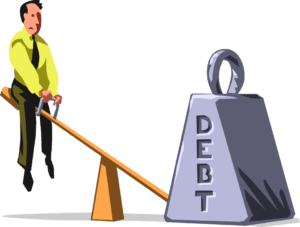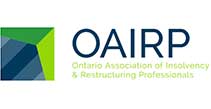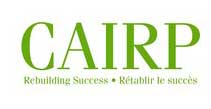While the terms “bankruptcy” and “insolvency” are often used interchangeably, they refer to different stages and legal processes in managing overwhelming debt. This article explains the critical differences between the two, how each affects your financial future.
Bankruptcy vs Insolvency: Understanding the Key Differences
 Bankruptcy and insolvency are two terms that are often used interchangeably, but they actually have different meanings and implications.
Bankruptcy and insolvency are two terms that are often used interchangeably, but they actually have different meanings and implications.
Understanding the differences is important for individuals and businesses, facing financial difficulties and are considering their options for getting back on track.
What is Bankruptcy?
Bankruptcy refers to the legal process through which an individual or business is declared unable to pay their debts.
The purpose of bankruptcy is to provide a fresh start for the debtor by discharging (eliminating) certain debts and providing a structured repayment plan for others.
In Canada, the federal government has jurisdiction over bankruptcy through the Bankruptcy and Insolvency Act (BIA).
What is Insolvency
Insolvency, on the other other hand, refers to the state of being unable to pay debts as they become due.
It is a broader term that can encompass both bankruptcy and other options for dealing with financial difficulty, such as a consumer proposal or a debt management plan.
Insolvency can apply to individuals and businesses alike.
Differences between Bankruptcy vs Insolvency
- Discharge of debts: In bankruptcy, certain debts are automatically discharged (eliminated) and the debtor is no longer responsible for paying them. These include most unsecured debts, such as credit card balances and personal loans. In a consumer proposal, on the other hand, the debtor is typically required to repay a portion of their debts over a period of time.
- Credit impact: Filing for bankruptcy will have a negative impact on the debtor’s credit score and will stay on their credit report for six years after the discharge. A consumer proposal will also negatively impact the credit score, but the impact is not as severe as bankruptcy and it will stay on the credit report for three years after the completion.
- Assets: In bankruptcy, the debtor is required to disclose all assets and a trustee may be appointed to liquidate some of the assets to pay off creditors. In a consumer proposal, the debtor is typically able to keep their assets.
- Income: In bankruptcy, the debtor’s income is subject to review, and depending on the income level, debtor may need to make payments to the trustee for a period of time (21 months for first time bankrupts).In a consumer proposal, debtor needs to make payments to a proposal administrator, but the debtor’s income is not subject to review.
- Eligibility: Not everyone is eligible to file for bankruptcy. In Canada, for instance, a debtor must have at least $1,000 of unsecured debt, meet certain income and assets test and must have completed credit counselling. In case of a consumer proposal, the debtor needs to have at least $5,000 of unsecured debt, but there are no income or assets tests.
- Fees: Bankruptcy process includes fees and administrative cost that needs to be paid to the government and the court appointed trustee. A consumer proposal, on the other hand, includes a one-time proposal fee which is not as much as the bankruptcy fees.
- Duration: A bankruptcy process can last as long as 21 months, while a consumer proposal can last up to five years.
Please note that this is a general overview of the bankruptcy and insolvency process.
If you are facing financial difficulties, call and let’s talk to understand your options and determine the best course of action. Call us – Let’s talk!




Comments are closed.